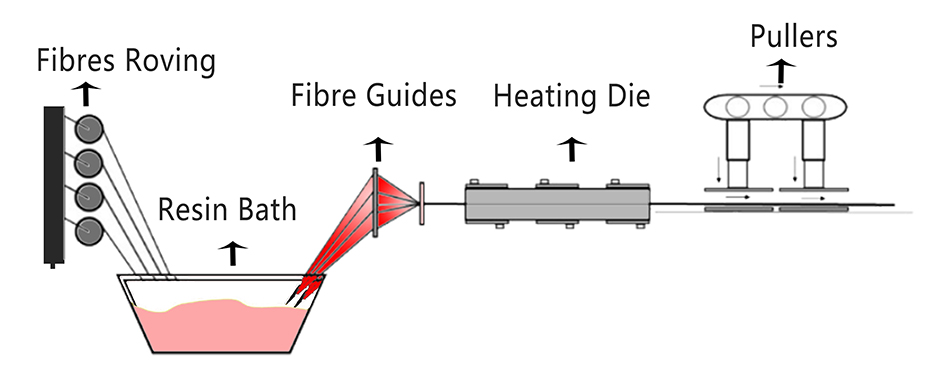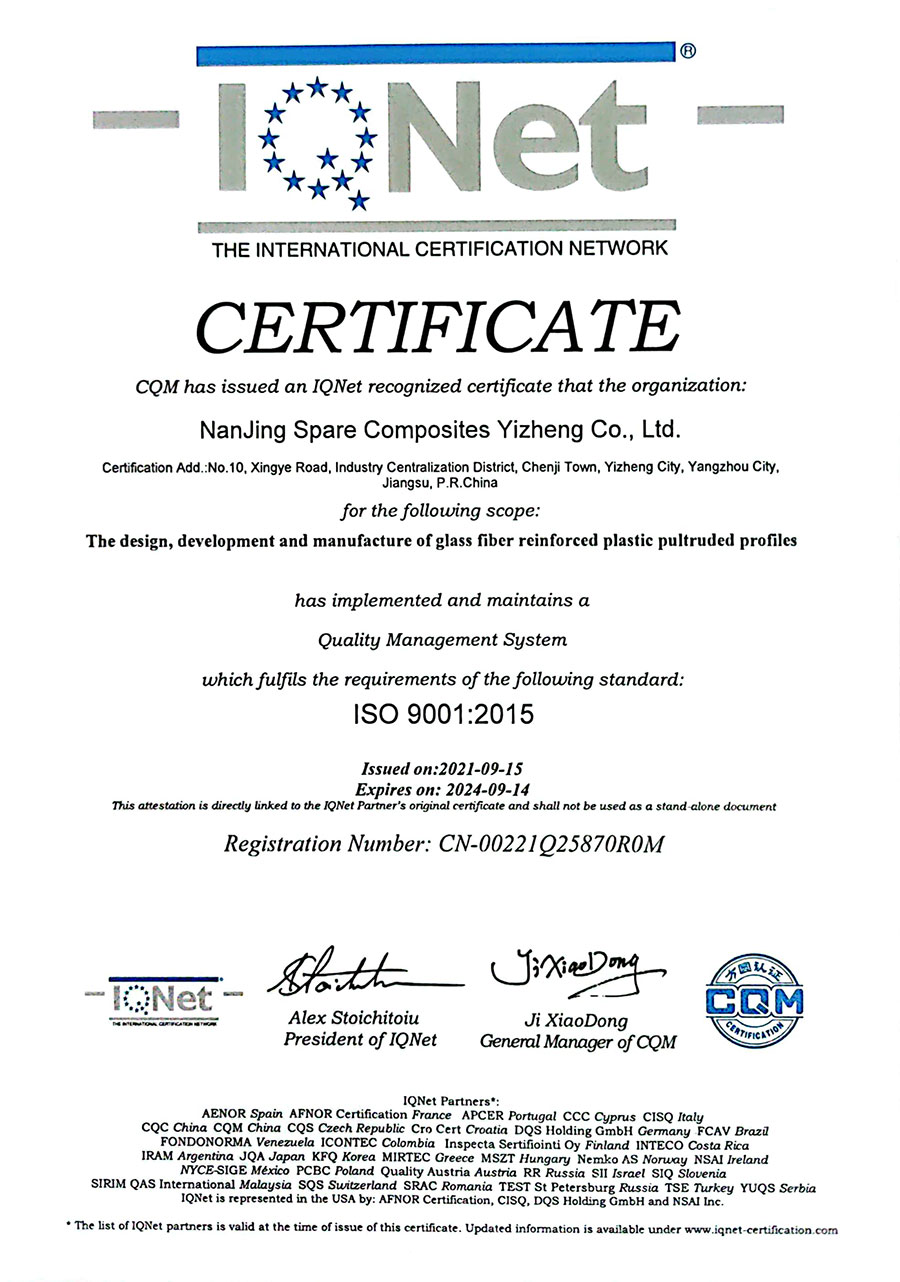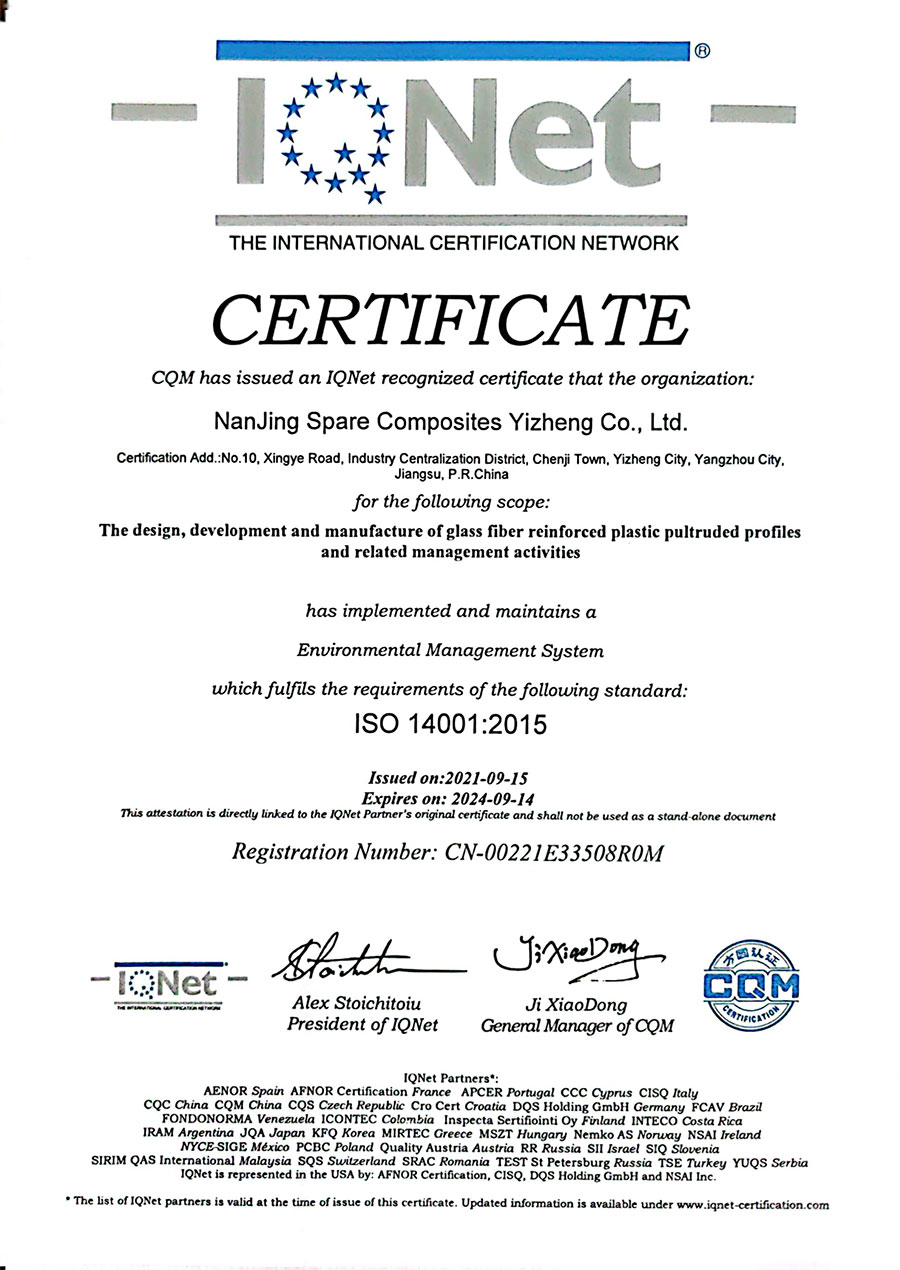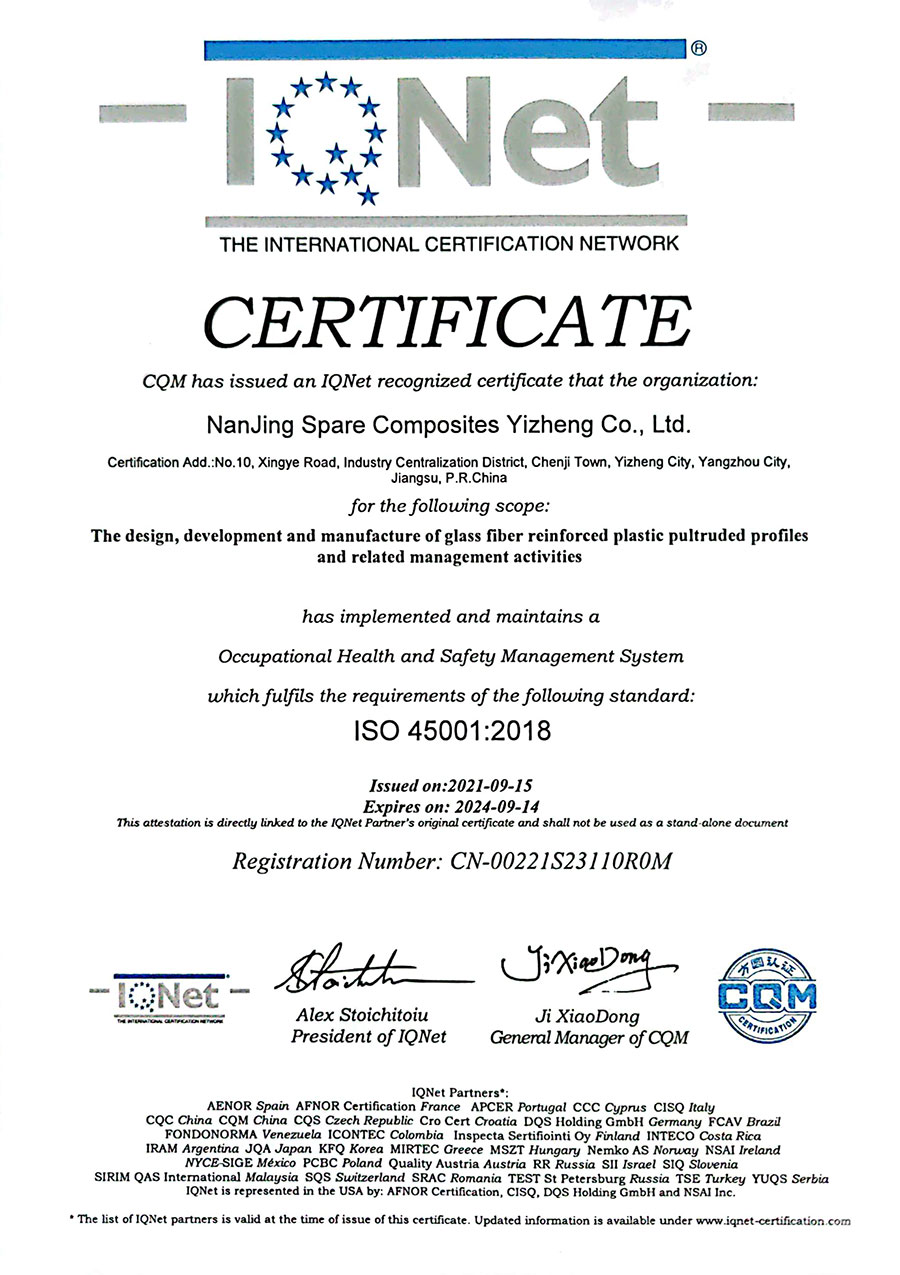- Custom Pultrusion Shapes
- FRP Standard Profile
- Vehicle Composite Profiles
- FRP Bridge Components
- FRP Ladder Rail Profiles
- FRP Tool Handles
- FRP Epoxy Pultruded Profiles
- Fiber-Reinforced Connectors
- FRP Covers
- Composite Cooling Tower
- FRP Decking Solutions
- FRP Grating
- Fiberglass Handrail and Fencing
- Fiberglass Windows and Doors Profiles
- Structural Reinforcements and Profiles
- Composite Frames for Solar Panels
Molded Fiberglass Grating
Molded fiberglass grating is a grating product made of glass fiber reinforced plastic (FRP) through a molding process.
Send Inquiry
Molded fiberglass grating is a grating product made of glass fiber reinforced plastic (FRP) through a molding process. It has the following features and advantages:
1. Corrosion resistance: It has excellent corrosion resistance and is suitable for use in harsh environments.
2. Light weight and high strength: light weight, high strength, easy to transport and install, and has high load-bearing capacity.
3. Anti-skid and fire-proof: The surface is designed with anti-skid texture and has good anti-skid performance; it also has flame retardant properties.
4. Easy maintenance: not easy to rust or corrode, low maintenance cost and long service life.
5. Beautiful appearance: Different colors and surface treatments can be customized according to needs, and the appearance is beautiful.
Installing molded fiberglass grating typically requires the following steps:
1. Measure and cut: Measure the size according to actual needs and use appropriate tools to cut to the appropriate size.
2. Install the bracket: Install the bracket to support the grille to ensure stability and safety.
3. Connection and fixation: Use appropriate connectors to connect the grilles and fix them on the brackets.
4. Inspection and adjustment: After installation is completed, inspect and adjust the position and angle to ensure safety and reliability.
Molded FRP grating is widely used in chemical industry, petroleum, papermaking, electric power, sewage treatment, transportation and other fields. Common usage scenarios include:
1. Industrial plants: ground grilles, platforms, etc. used for ventilation, anti-skid, fire prevention and other needs.
2. Sewage treatment plant: used for covering and supporting sewage treatment equipment, pools, channels, etc.
3. Petrochemical industry: used for the construction and decoration of petrochemical equipment, platforms, stairs, etc.
4. Transportation: used for anti-slip channels and platforms in public facilities such as bridges, docks, subway stations, etc.
Understanding the FRP Pultrusion Process

We are manufactures, engineers, designers and fabricators.
Benefits of FRP

Framework stability

Superior corrosion resistance

lightweight

Easy to install

High Strength

customisable

Durability

Non-Conductive

Non-Magnetic

Thermal Stability

Low Maintenance Costs

Low Thermal Conductivity
Qualification Certificate













